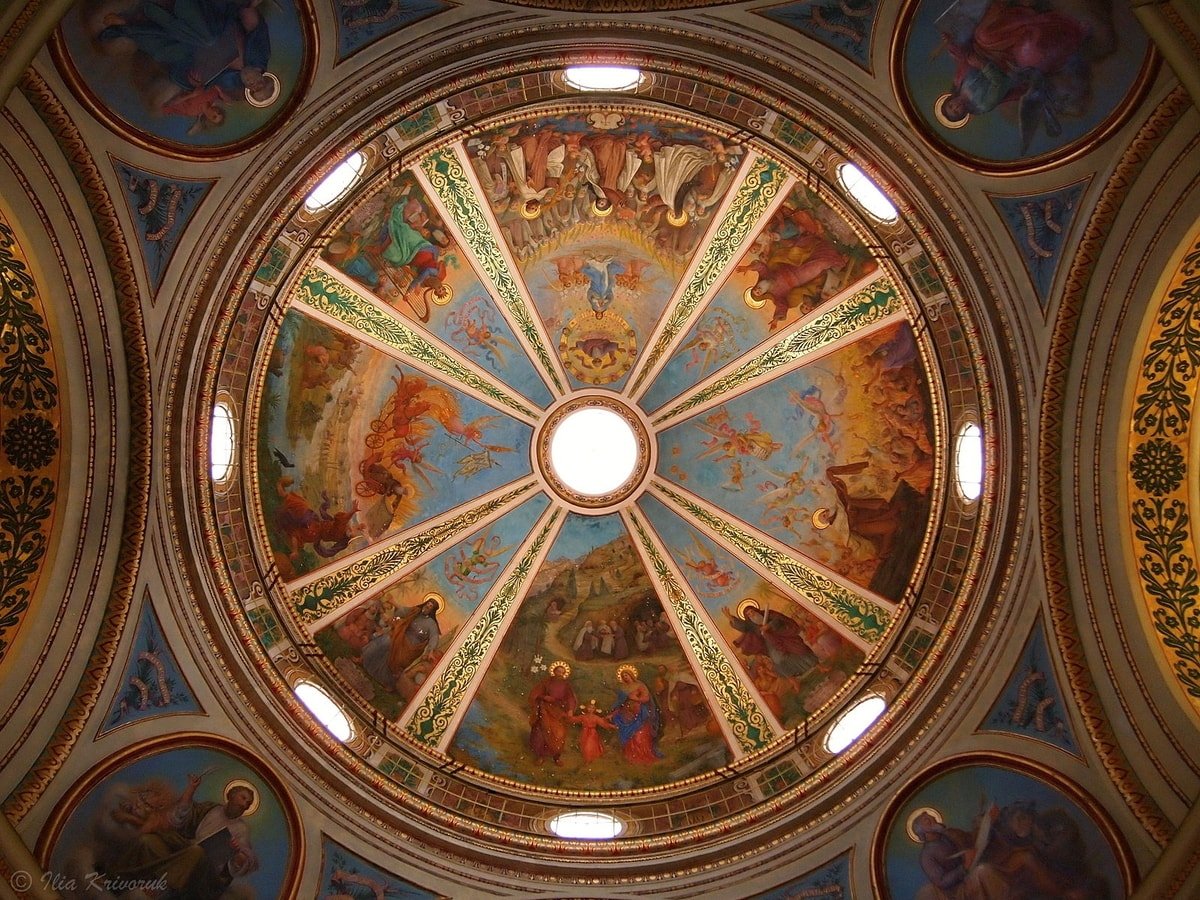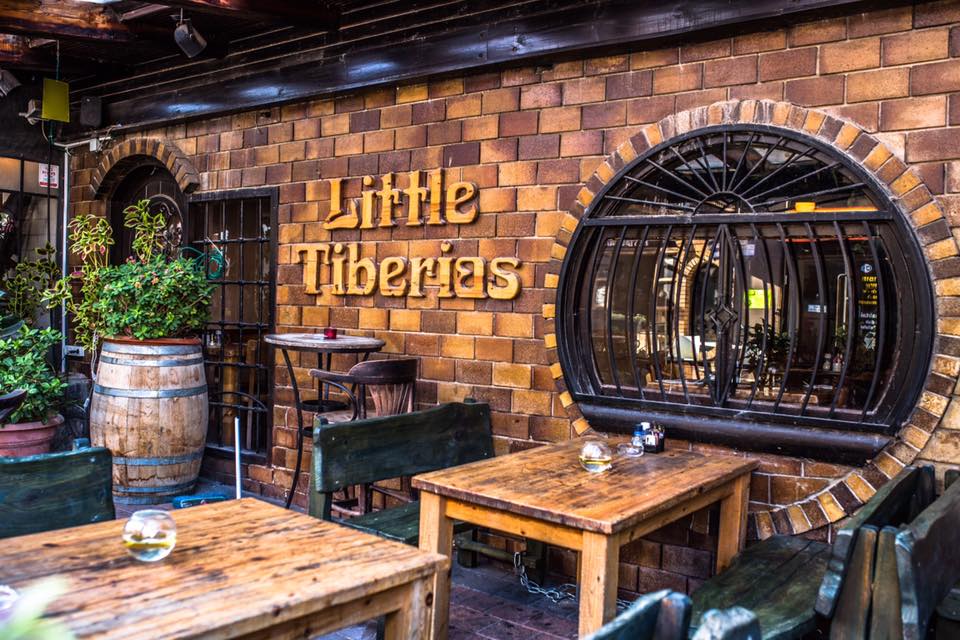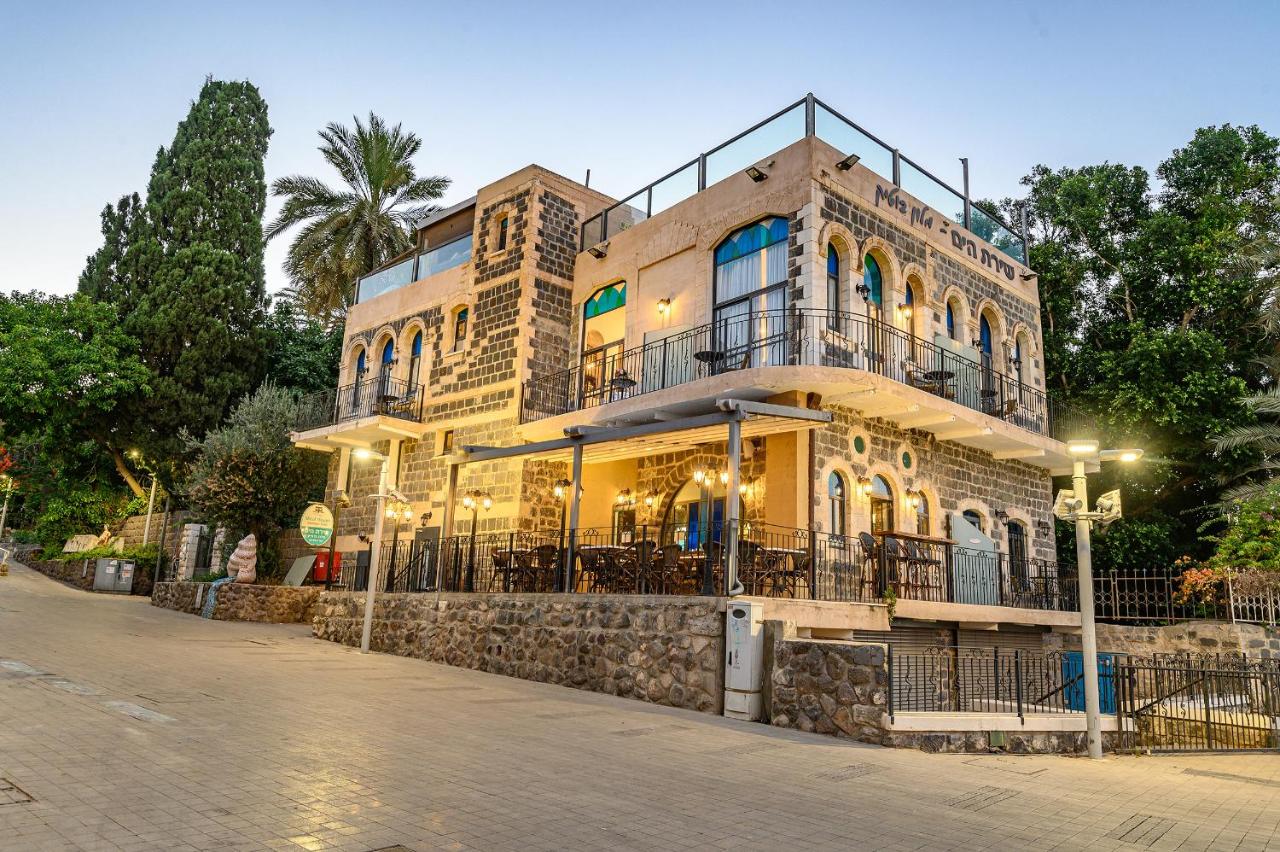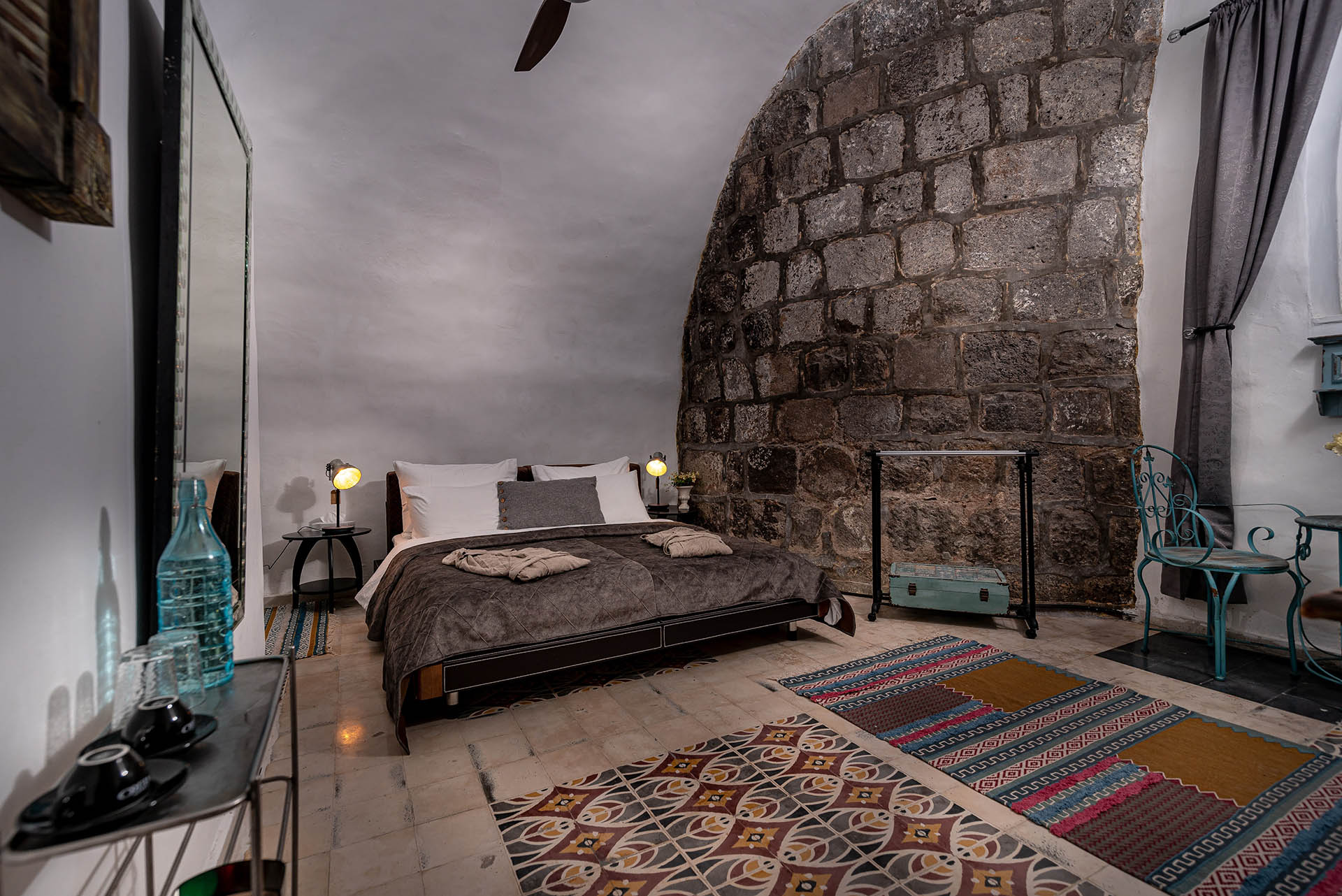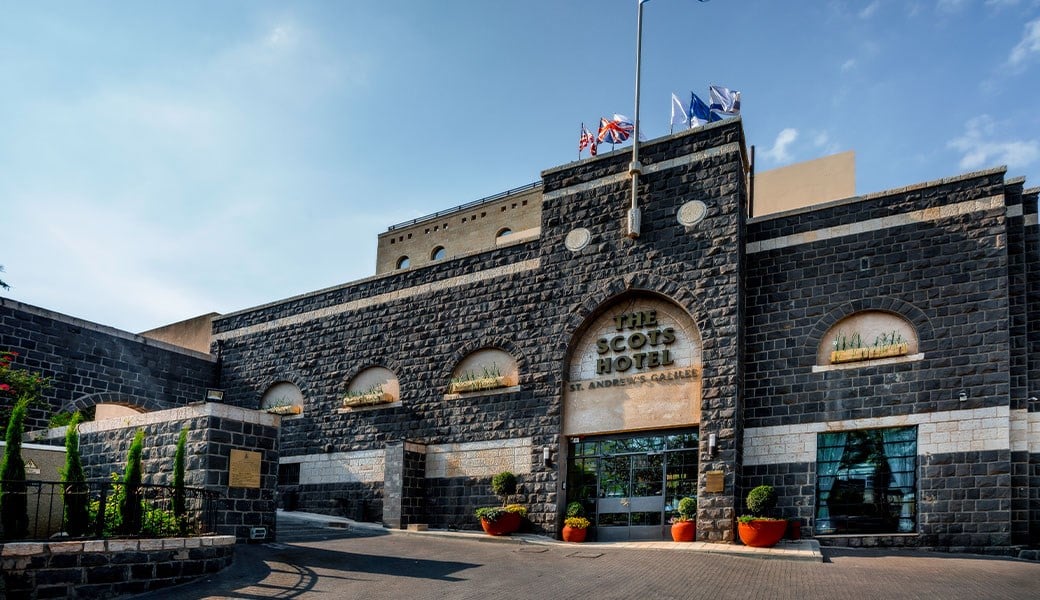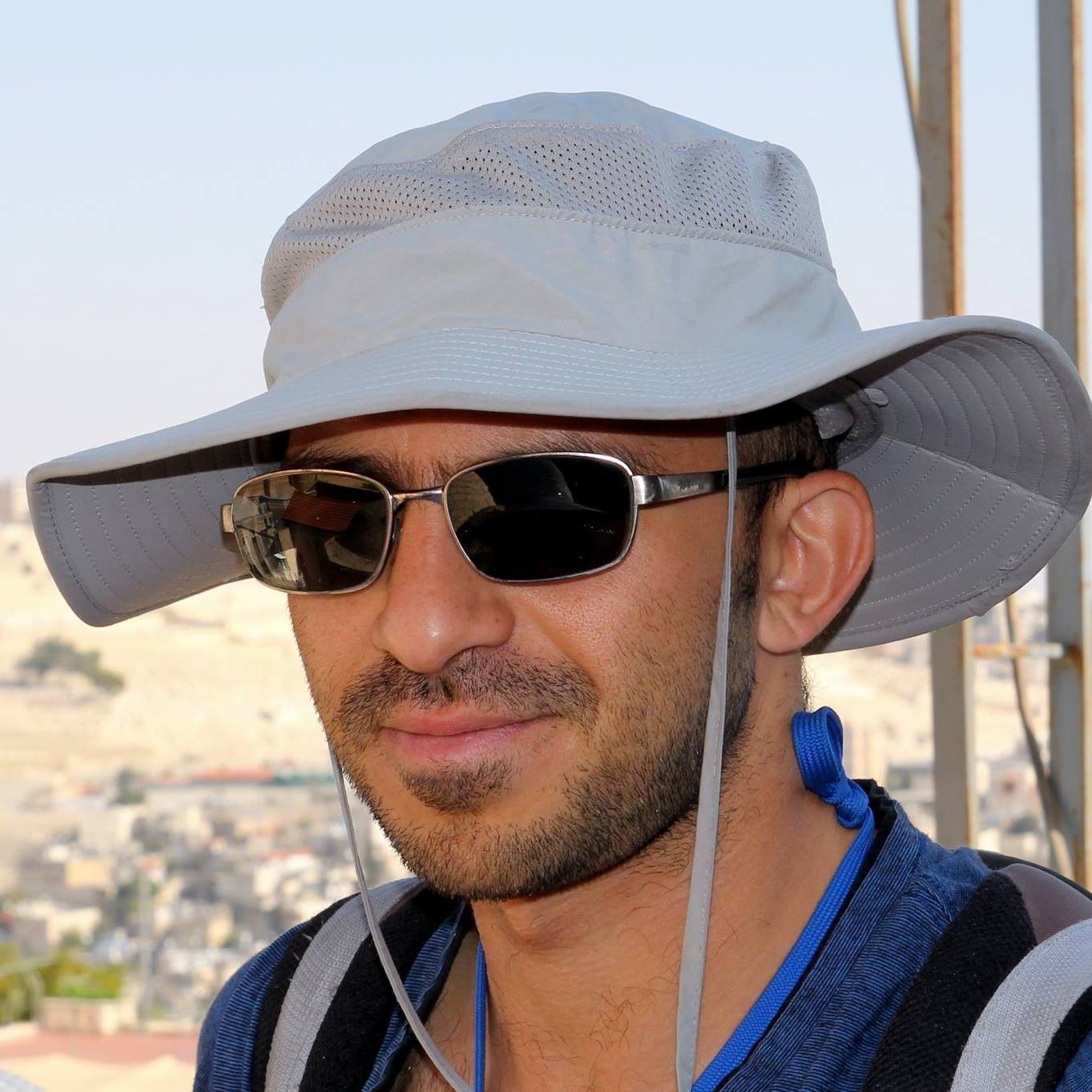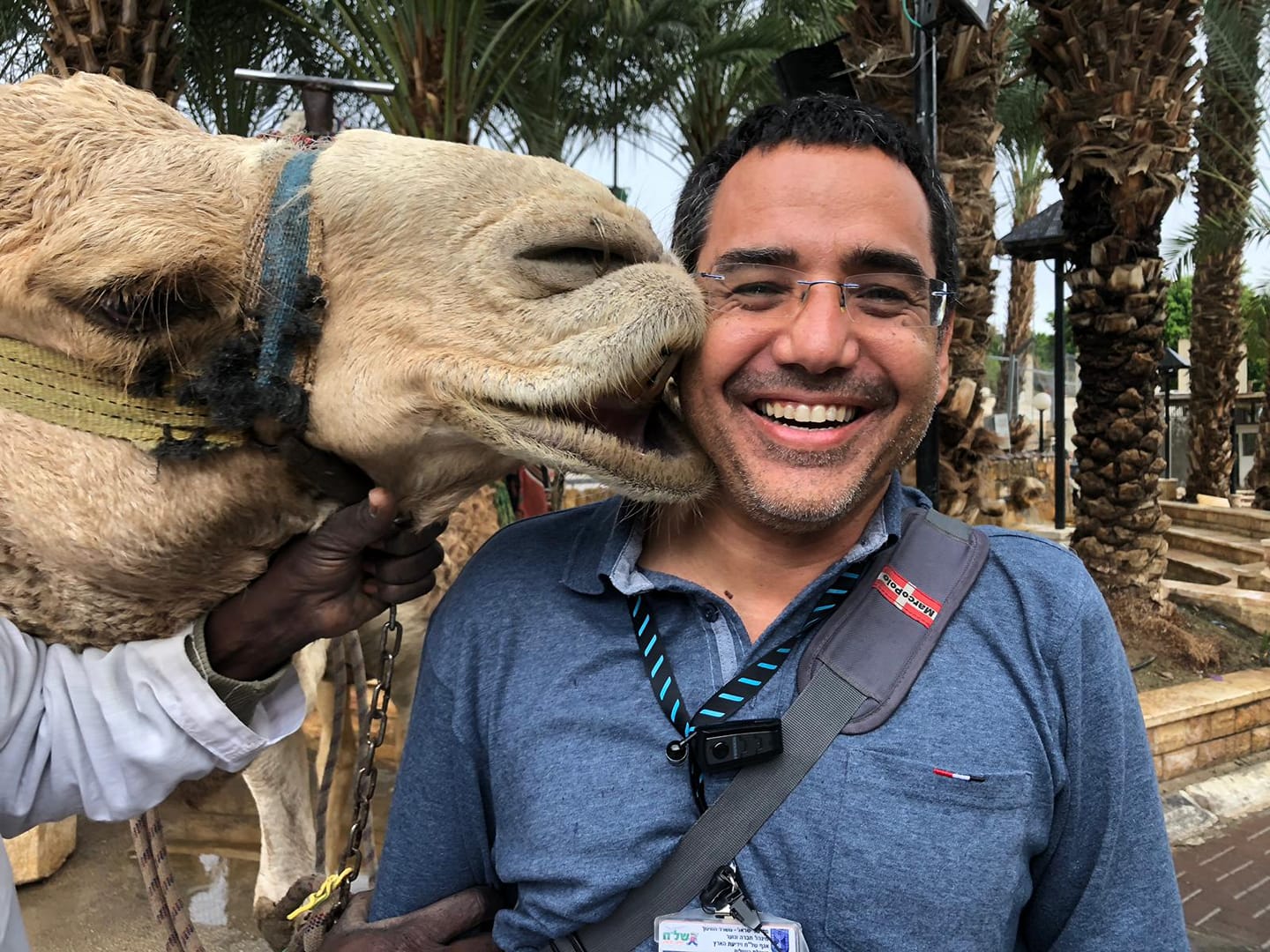The Stella Maris Monastery or the Monastery of Our Lady of Mount Carmel for monks is a 19th-century Discalced Carmelite monastery located on the slopes of Mount Carmel in Haifa, Israel. Another Carmelite monastery of the same name is reserved for nuns and is located higher up on Mount Carmel. The complex of buildings, including the lighthouse, is known as “Stella Maris”. The Carmelites form to serve and live the Gospel for their spirituality. Their knowledge of spirituality comes from the experiences of the “great prophets” of the Discalced Carmelite Family: Teresa of Jesus, John of the Cross, Therese of Lisieux, Edith Stein.
The monastery’s main church resembles the shape of a cross. Its dome is decorated by colorful paintings based on motifs from both the Old and New Testament: Elijah rising to heaven, David stringing his harp, the prophet Isaiah, the Holy Family and the Four Evangelists. Latin inscriptions of biblical verses are written around the dome.
The altar stands on an elevated platform situated above a small cave associated with Elijah. The cave can be reached from the nave by descending a few steps and holds a stone altar with a small statue of Prophet Elijah. The altar above the cave is dominated by a statue of the Virgin Mary carrying Jesus in her lap and holding the Scapular in her right hand, known as Our Lady of the Scapular. The Blessed Virgin Mary is the patroness of the Carmelites, and as such is known as “Our Lady of Mount Carmel”. New embossments dedicated to Carmelite figures are hoisted on all four corners of the central hall. On the western wall of the church is a large organ that is played during religious ceremonies and at special church music concerts.
Image contribution:
Shmuliko, CC BY-SA 3.0
Iliakriv, CC BY-SA 3.0
